Carlos Banon is naturally attracted to exploring new creative processes. In particular, those where accidents are captured and the answers do not necessarily solve most of the original queries but uncover new opportunities, creating an unexpected narrative to it. According to him, working with Midjourney opened whole new dimensions for design workflows. It is the closest to working hand in hand with your other self. It has been a changing relationship through a month of using it, transitioning from fascination to frustration. Most of the iterations are off your original brief. Still, occasionally, you obtain one that is incredibly on point. Then, the iterations become truly exciting and full of potential, characterized by elegance, complexity, and depth.
His experience with AI shows no way to control it fully. You will never get what you want, no matter how hard you try using your prompt words. But instead, you will get surprised ?and most often inspired- by a comeback you did not even know you wanted. It creates some detachment, as it is far from your original intentions. But like in any collaboration, we learn to live with it. Now we can co?create new and unexpected references to push our designs instead of searching for what we already knew beforehand. And that is the real power and beauty of it.
About /imagine series
Through his /imagine series on Instagram, he has explored concepts he is profoundly interested in, such as lightness and ethereality in architecture, articulation with its surrounding landscape and environment, complex resource?efficient tectonics, and rooting strategies into the ground. Midjourney has stimulated and amplified them and impacted how he will approach his future building designs.
As a natural move from static visualization; he mentioned that he tested multiple workflows to create 3D models from the generated images. A simple one consists of obtaining the z?depth map of the image to displace the vertices of a dense 3D mesh, producing small videos with immersive results by introducing depth. With the subsequent application of mesh clustering algorithms and manual refinement; these meshes constitute a good starting point toward developing full spatial models.
According to Carlos Banon, architects and designers are now the pioneers in exploring this vast new universe. Its integration with unique creative workflows. Technology is advancing quickly, more breakthroughs will be shared in the coming months. It is, indeed, an exciting time for our discipline.
About Carlos Banon
Carlos Banon is an architect and director of AirLab; he is currently an Associate Professor of Architecture and Sustainable Design at the Singapore University of Technology & Design (SUTD).
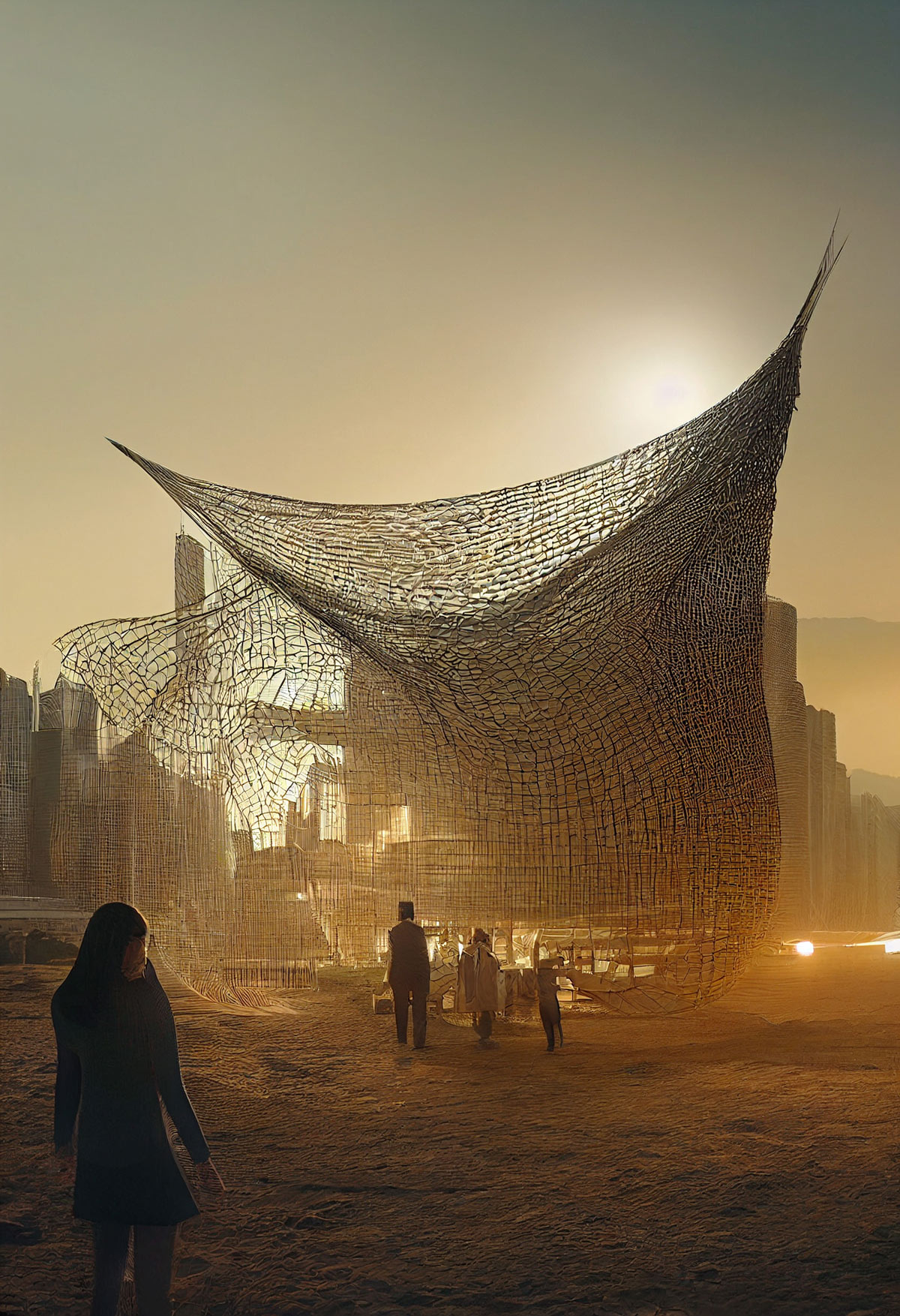



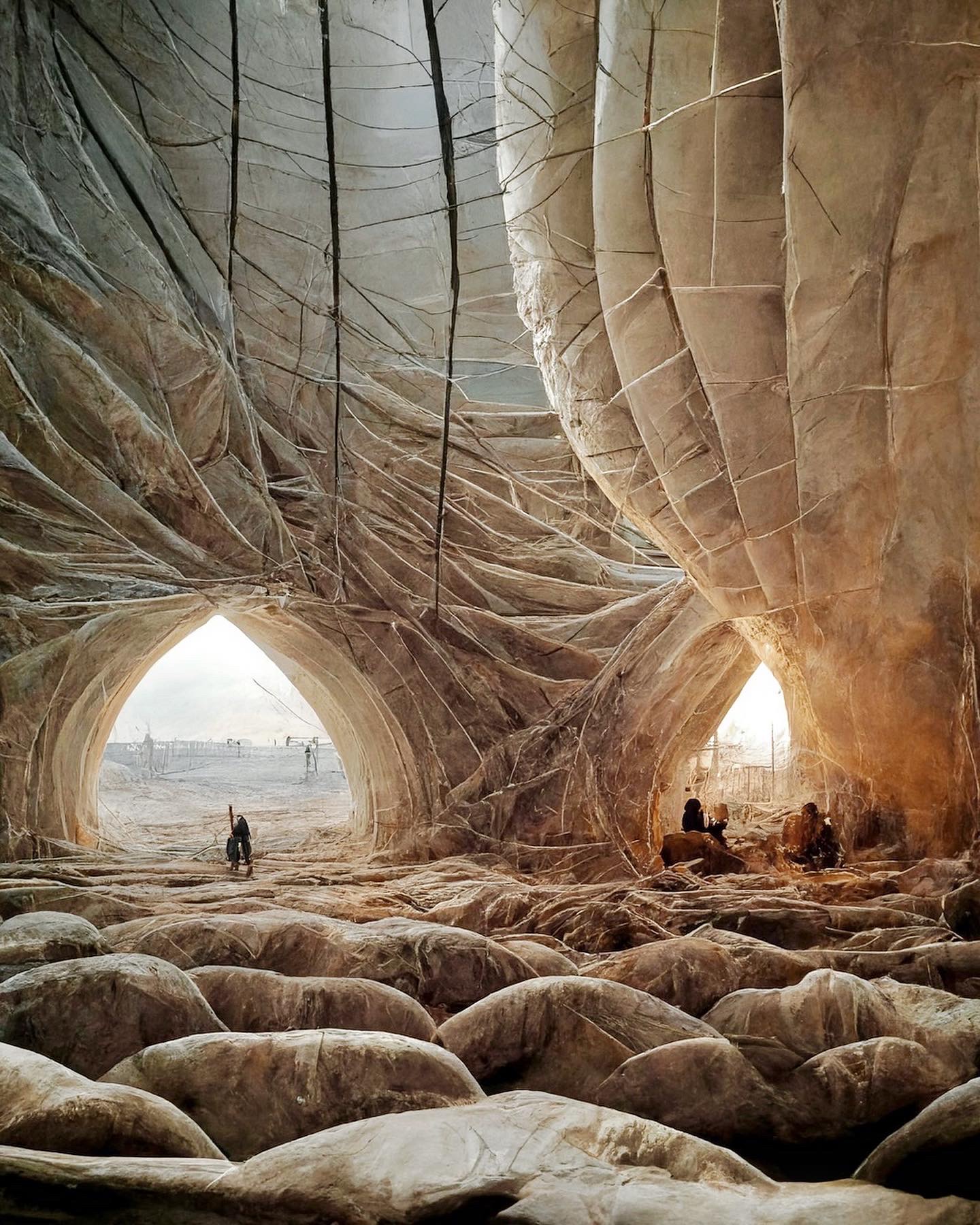
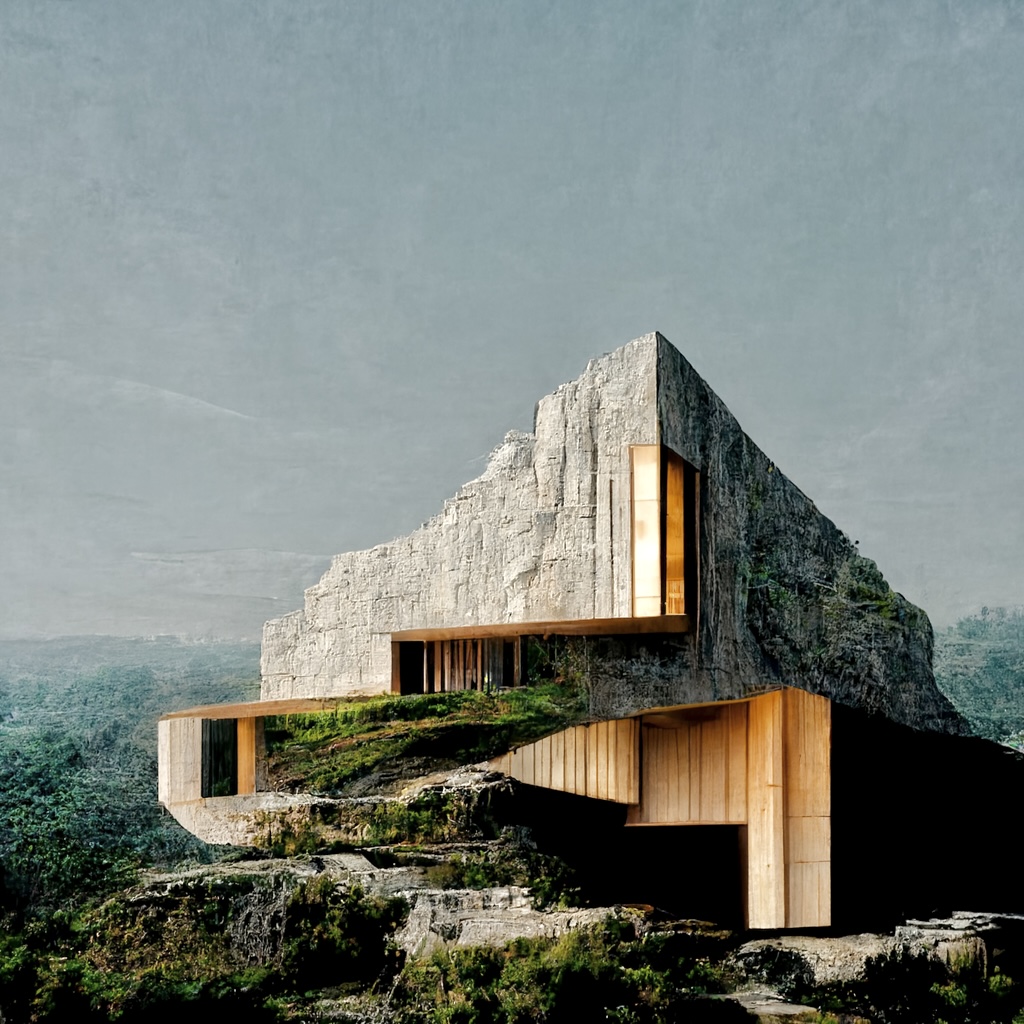
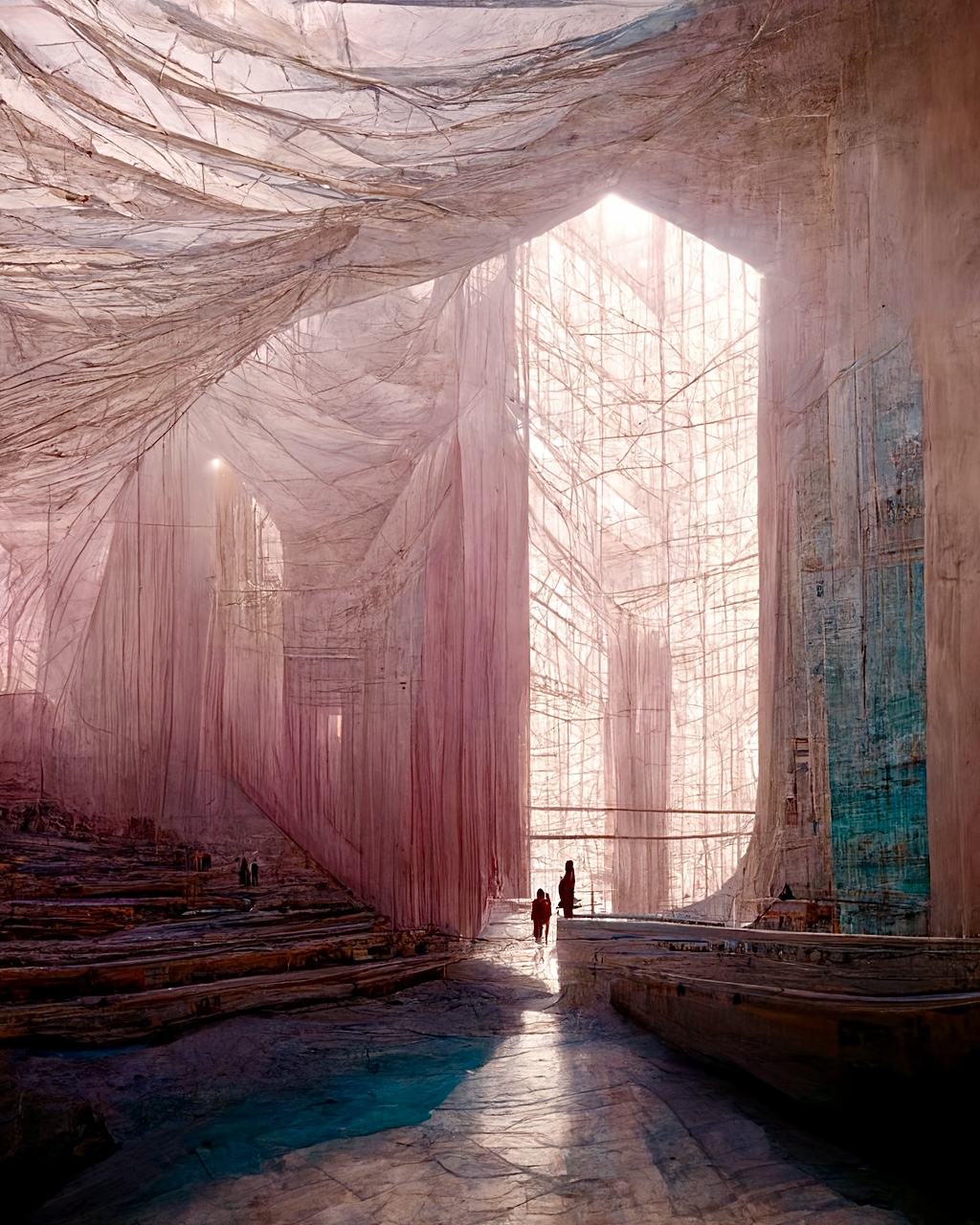
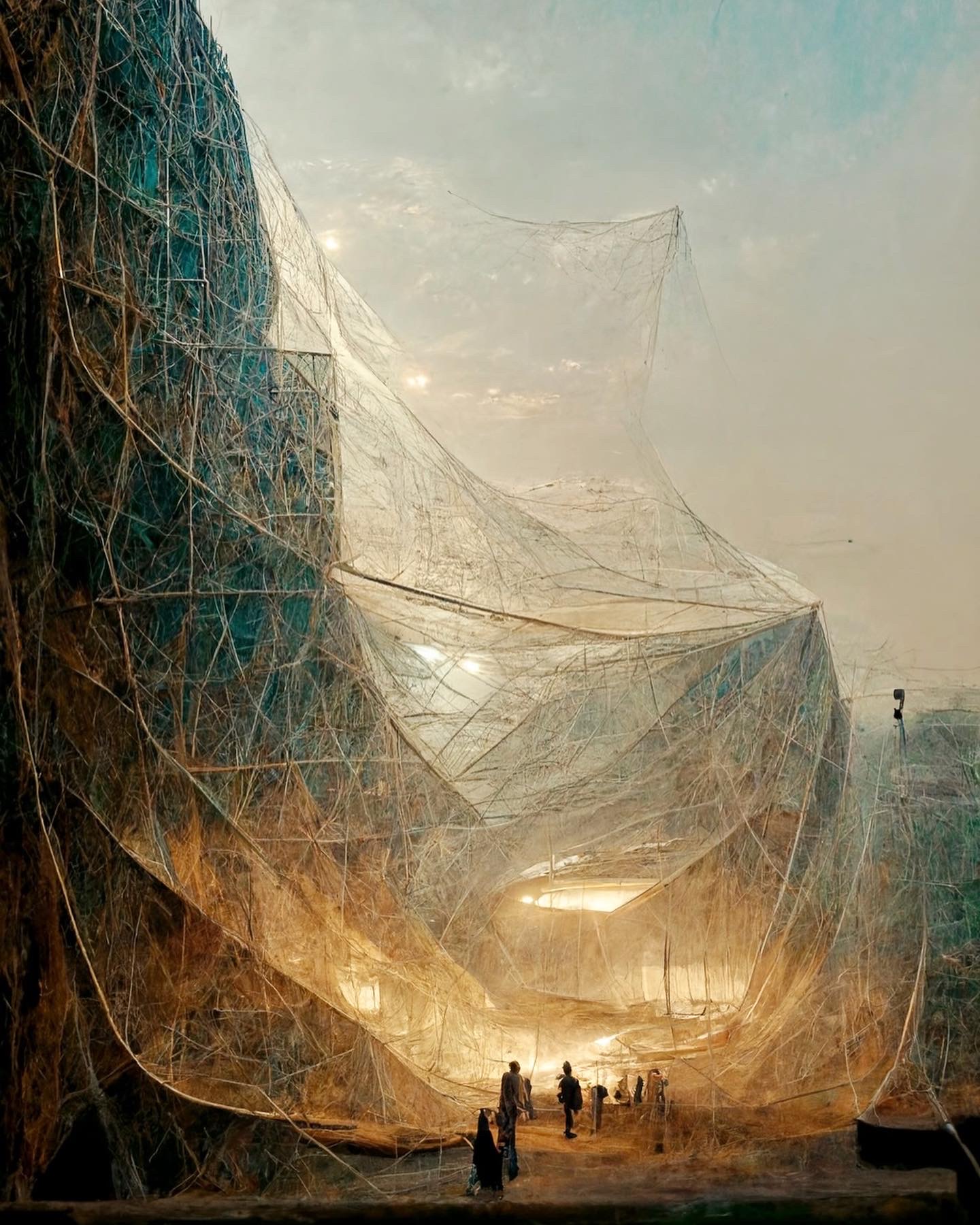
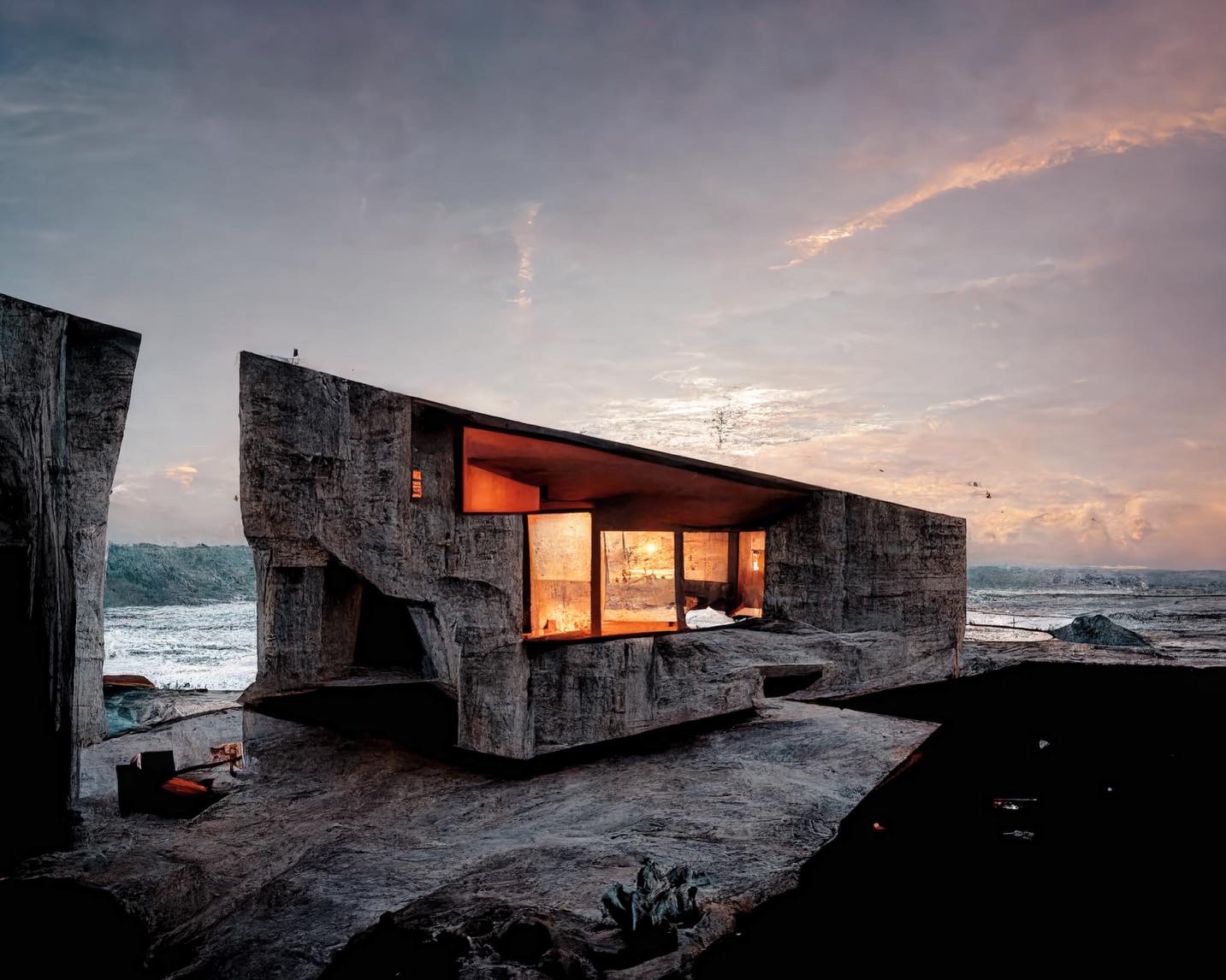
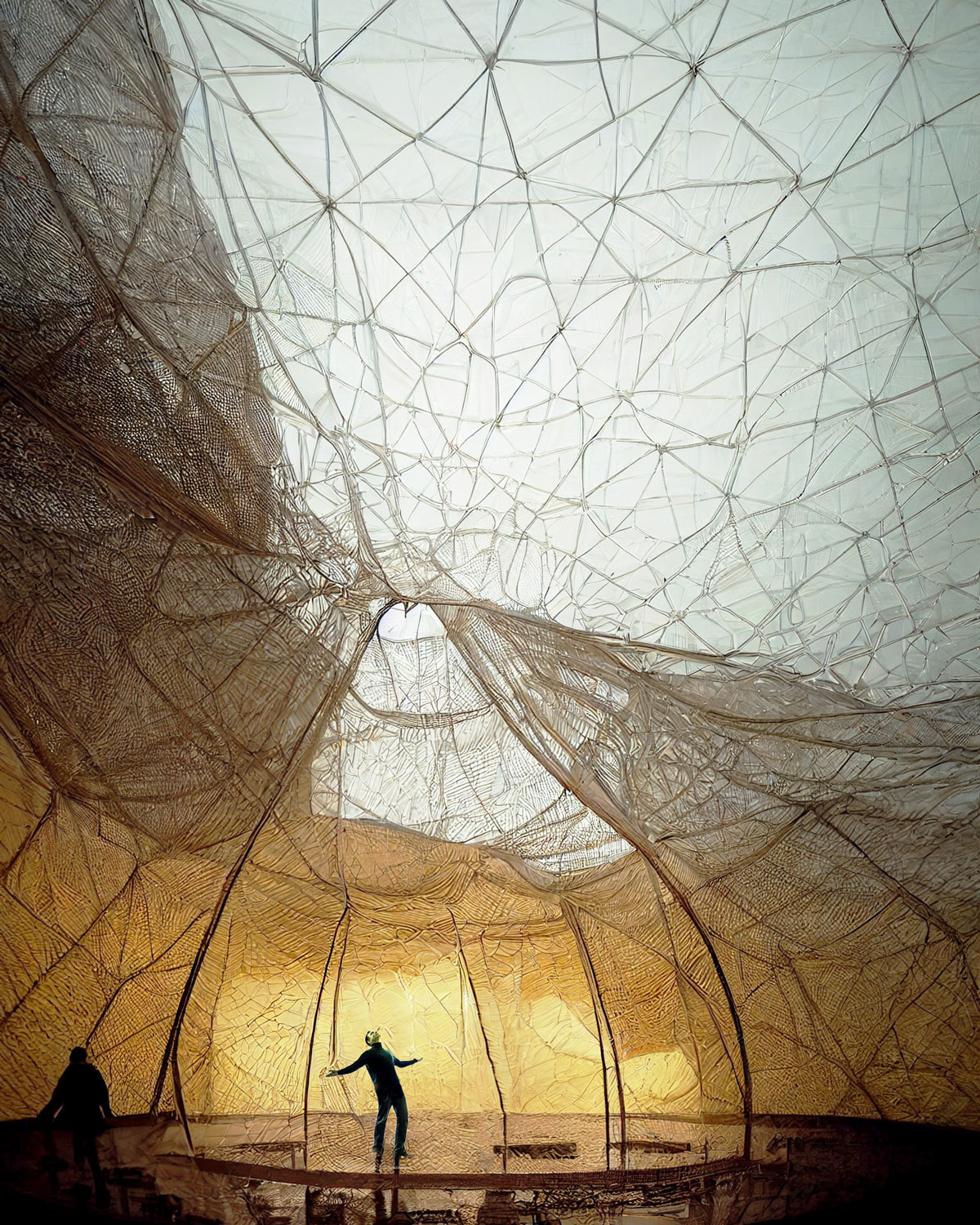




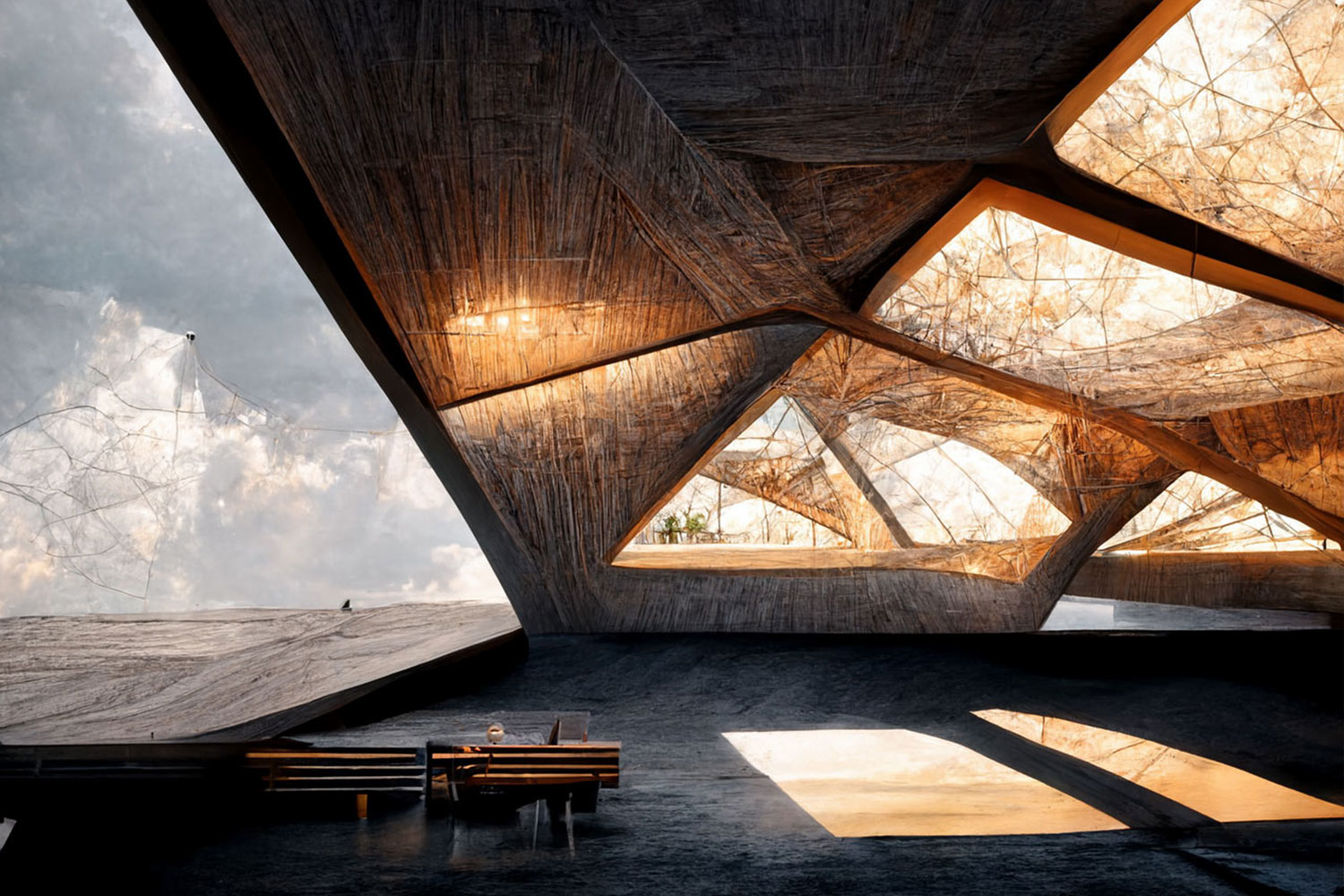
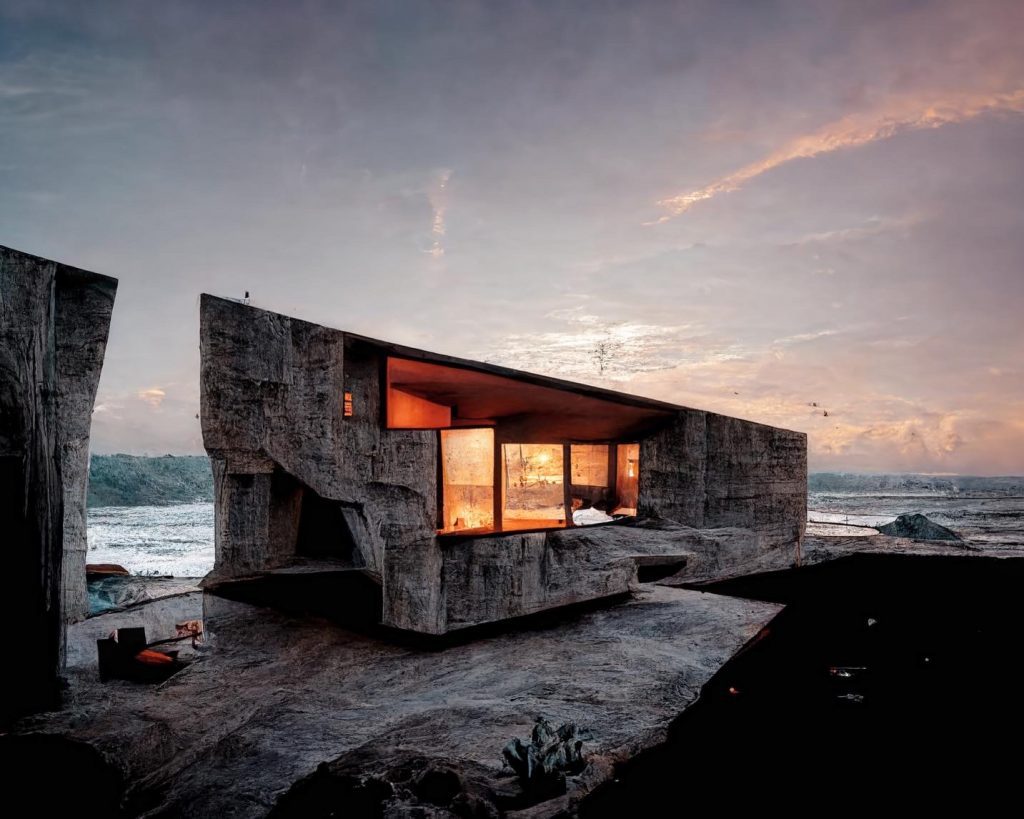
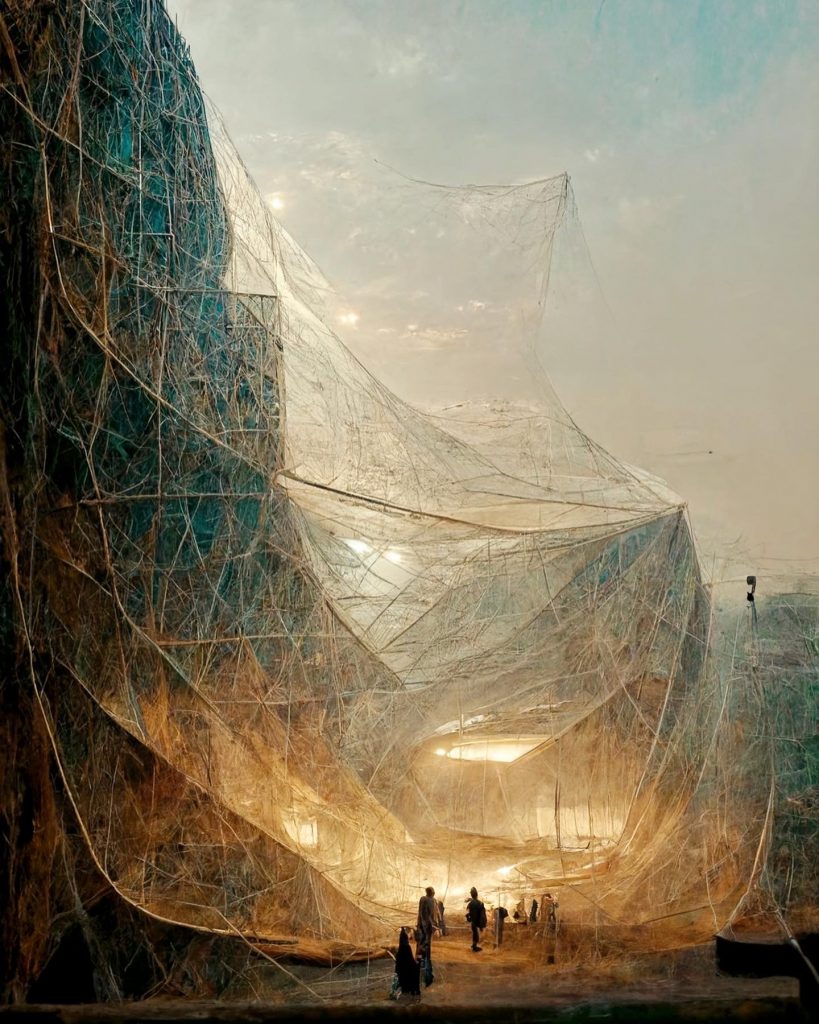
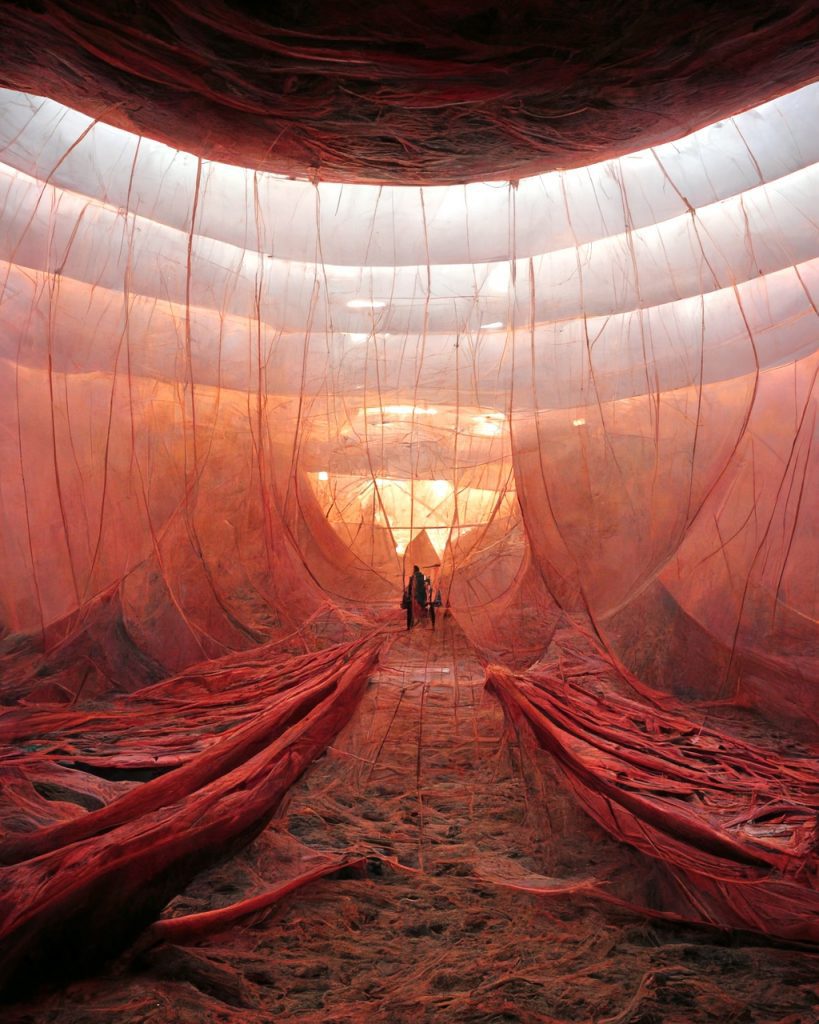













Leave a comment